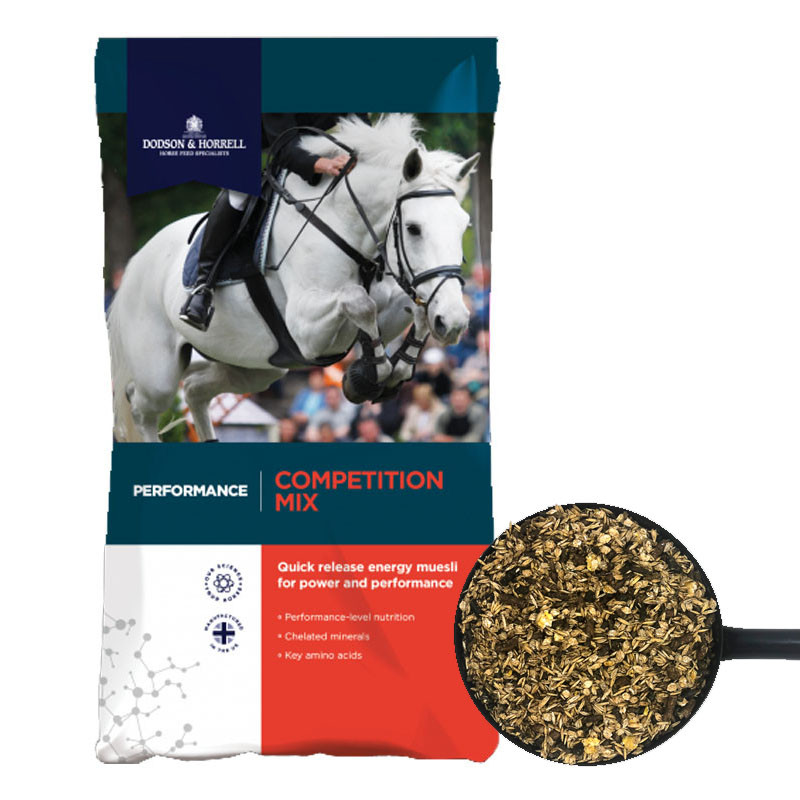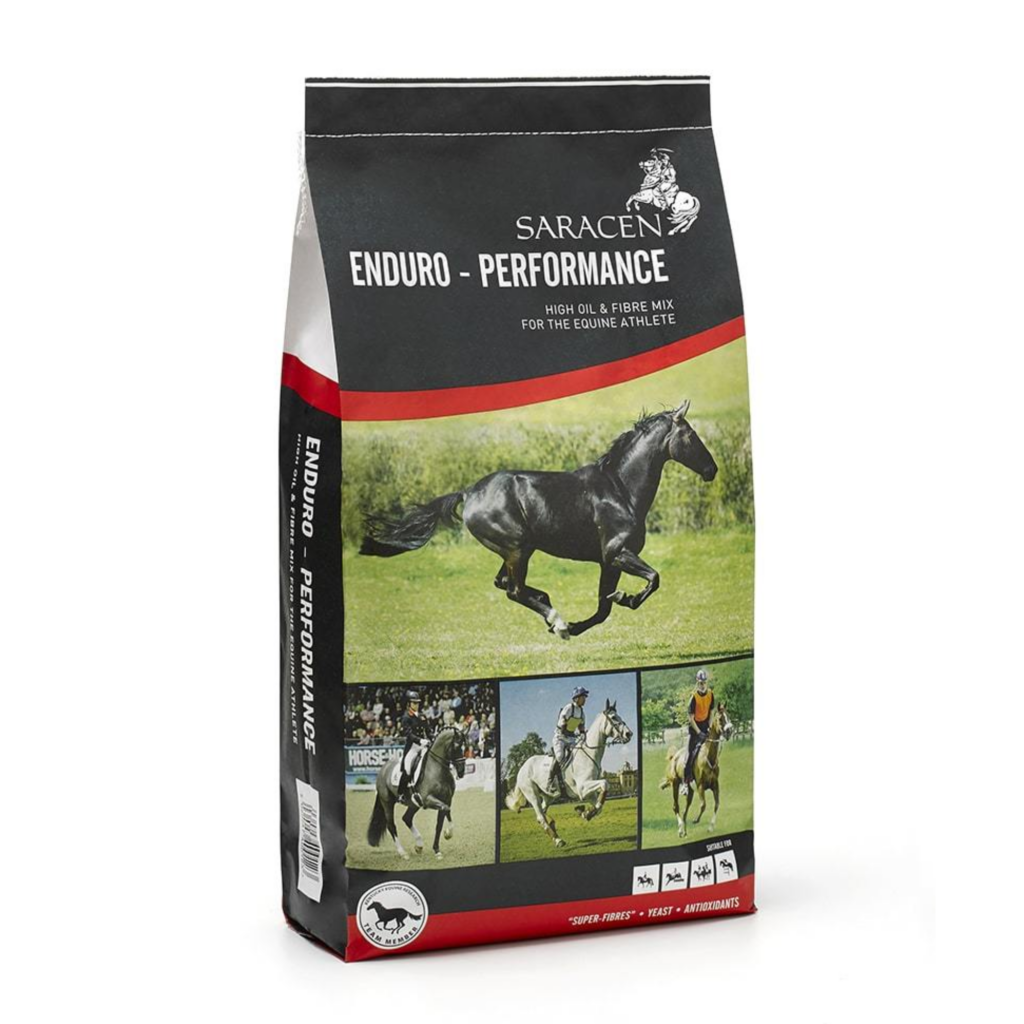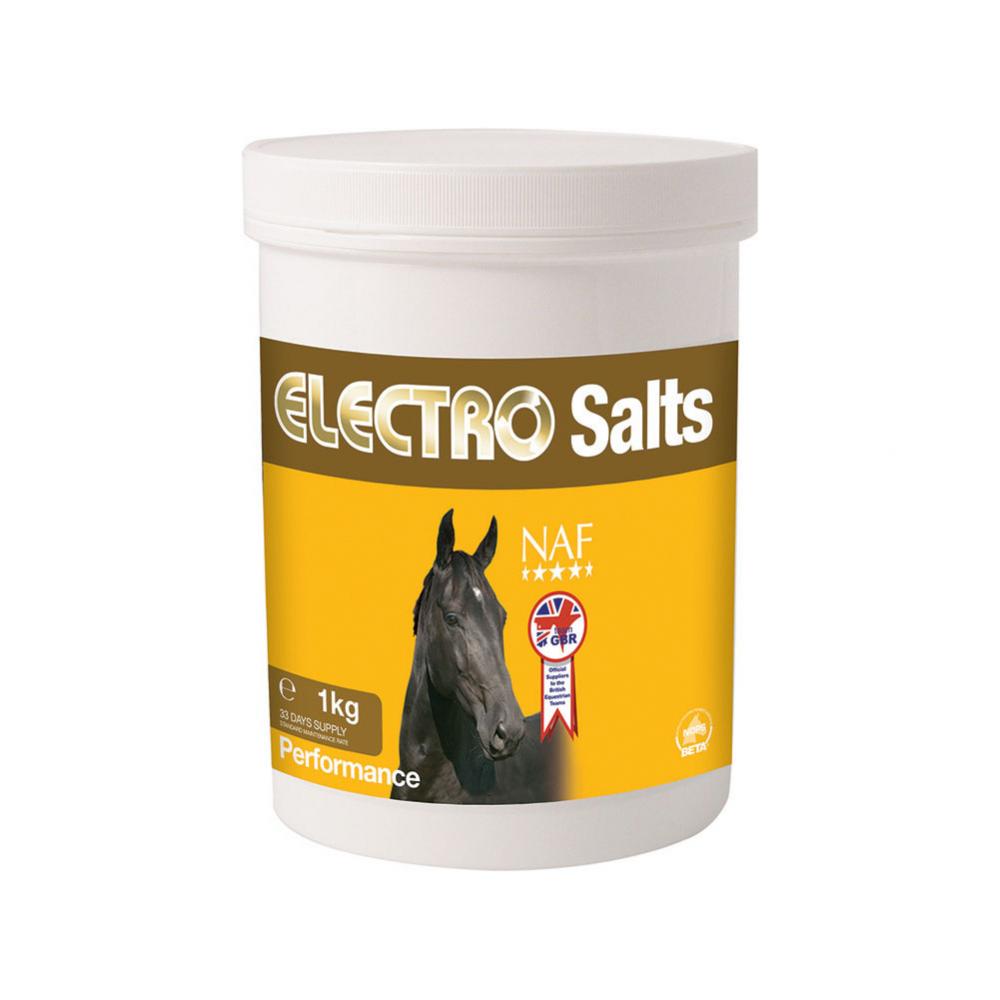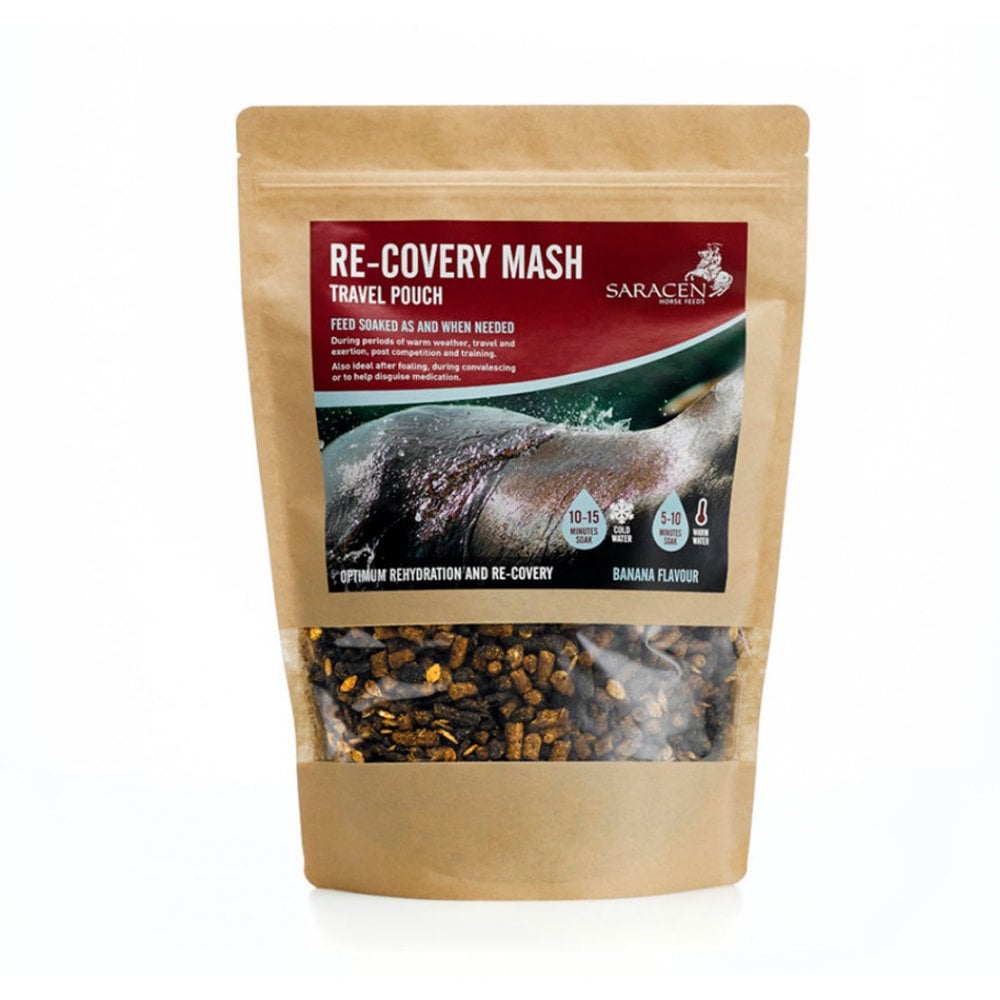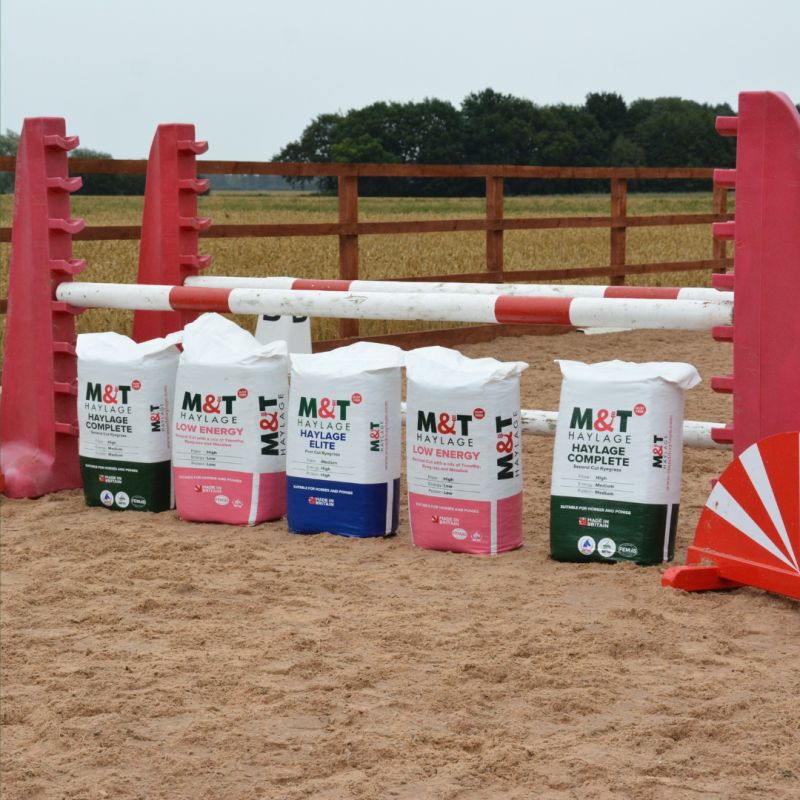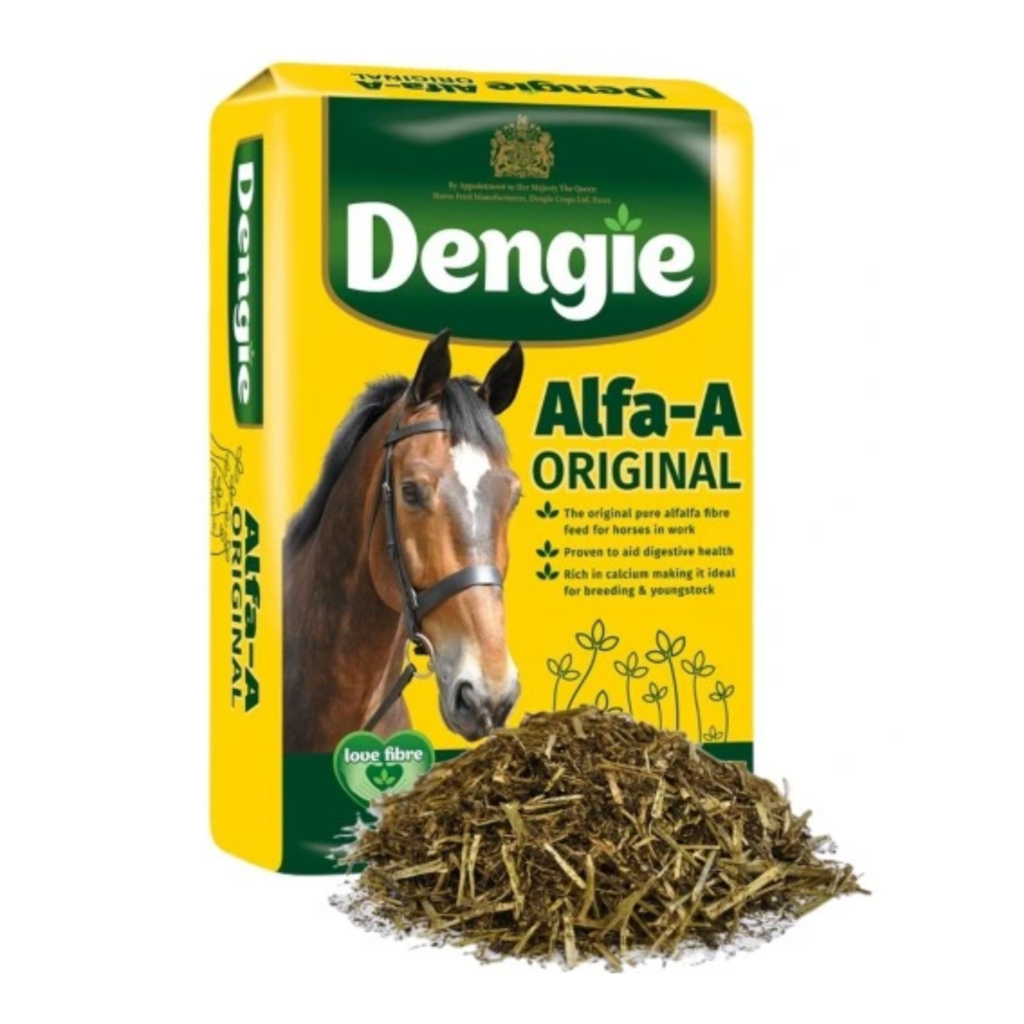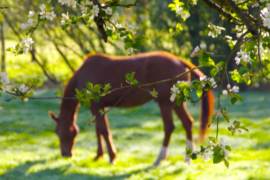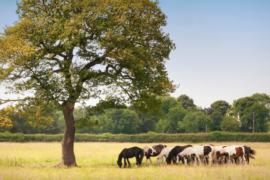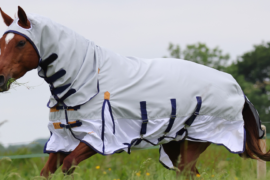BETA’s Feed Fact Fortnight is back and this year the topic revolves around preparing your horse for competition. The below blog will focus on the following:
- How hard is your horse working and what energy source is right for them?
- Understanding NOPS and reducing your risk
- Competing in Hot Weather and Fussy Feeders
- Feeding Management When Competing and Stabling Away from Home
- Repair and Recovery
- Forage Requirements and Contributions
- Respiratory health when travelling
How hard is your horse working and what energy source is right for them?
In order to determine your horse’s dietary needs, first we need to understand what level of work they are performing at. This can be put into 3 approximate groups:
Light work
Light work refers to horses that are exercised 3 to 4 times a week and are typically only schooling and hacking.
Medium Work
The next level refers to horses that are exercised almost daily and at a higher intensity eg: increased canter work. Horses might be competing at grassroots level and are out few times a week.
Hard Work
The top level refers to horses who are working at their peak performance, this may include race horses or 3 day eventers.
What type of energy our horses need depends on what activity they are doing. Equestrian activities that need quick release energy such as show jumping or scurrying will need a feed higher in readily available energy like D&H Competition Mix, which has a higher starch content.
Other activities such as endurance or eventing where the horse needs to perform for longer periods of time, will require a feed with slower release energy. These feeds will be higher in oils and fibre such as Saracen Enduro Performance. Of course, each horse is different so we also need to consider their temperament and condition as energy=calories and horses will use this energy differently.
Understanding NOPS and reducing your risk
A naturally occurring prohibited substance (or NOPS), is one that is either naturally present within certain ingredients, or that occurs as a result of inadvertent cross contamination during processing before arrival at the feed manufacturer’s facility.
The BETA NOPS Code calls for all members to evaluate the risk of NOPS contamination during each step of the manufacturing process, from field to feed sack. This includes the sourcing, storage, transport and processing. One source you may not think of straight away is bedding. Bedmax has recently become the first bedding company to have the NOPS bedding Accreditation meaning they have proactively minimised the risk of contamination in all their bedding.
Other sources of contamination can originate from human foods including caffeine from tea, coffee and even chocolate. Minimise this risk by not eating or keeping your food and drink in the feed room. Common contaminants are:
- Caffeine – (cacao)
- Theobromine – (cacao)
- Theophylline – (tea)
- Morphine – (opium poppy, Papaver somniferum)
- Hyoscine – (nightshade, Datura)
- Atropine – (nightshade – Atropa belladonna)
- Cannabinoids – (Hemp fibre and plant material)
Look out for the BETA NOPS badge on your feed bags and supplements for peace of mind
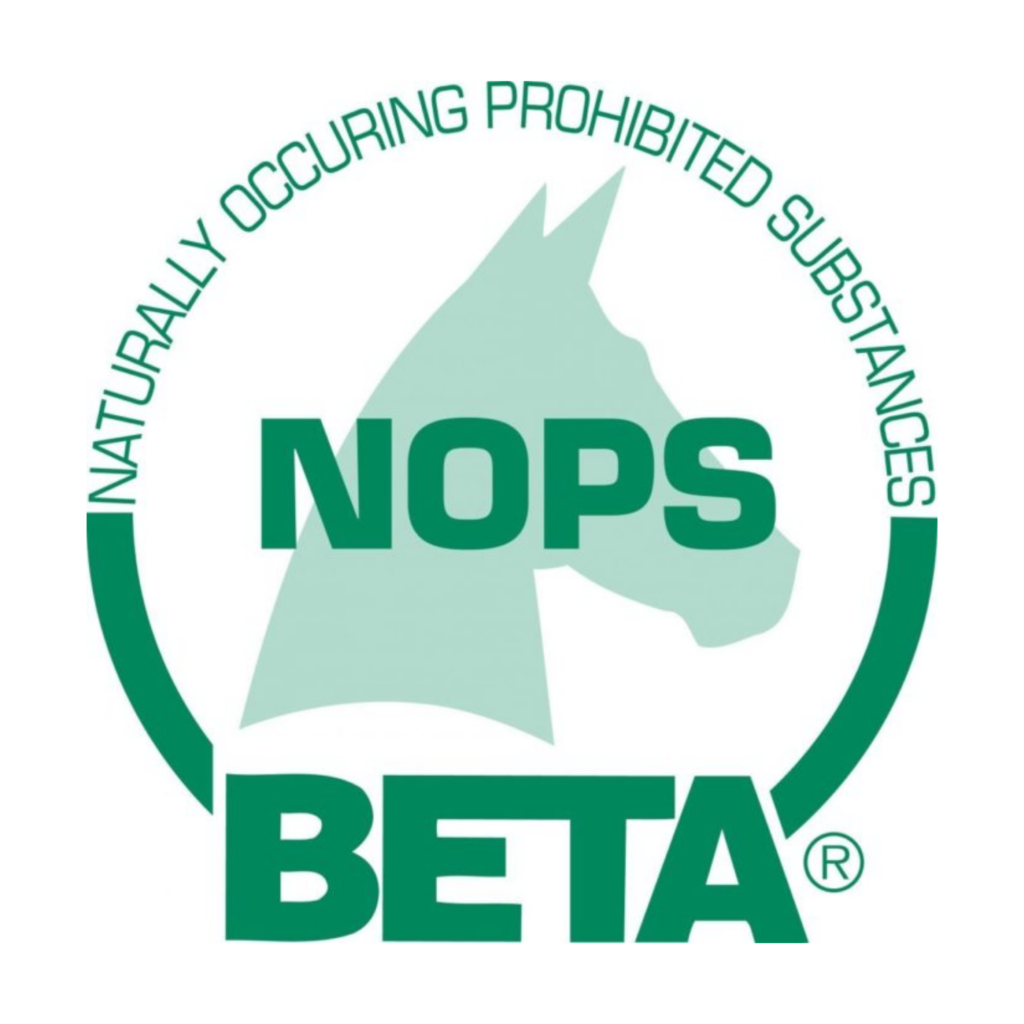
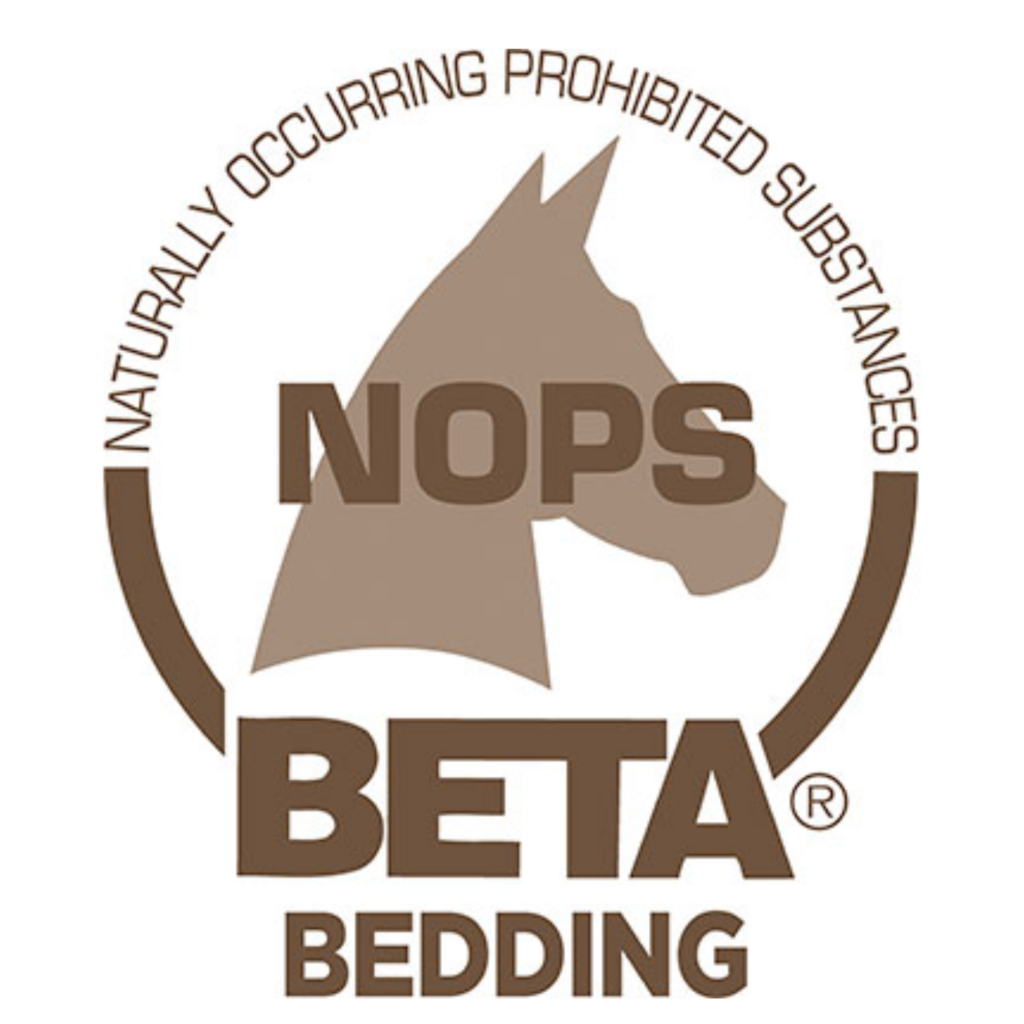
Competing in Hot Weather and Fussy Feeders
Hydration, hydration, hydration!
When the weather is hot, it is crucial to replace any fluid or electrolyte loss from your competition horse. This can occur when travelling or during the event and is heightened by any stress or excitement.
Ensuring fresh water is available before you travel and throughout the day is essential, although some horses can become fussy when away from their normal environment and refuse to drink or even eat. A horse refusing to drink can benefit from having extra electrolytes added to their feed before, during and after their competition, this will help replace what is lost and aid recovery. A product such as NAF Electro Salts can be used everyday in your feed but can also be increased in times of strenuous exercise, travel and hot weather.
A horse that refuses to eat or drink can be offered a mash such as the Saracen Recovery Mash, it has a highly palatable banana flavour to tempt those fussy feeders. Containing electrolytes and soluble fibres to help hydrate the horse, with a 1 part feed to 2 part water recommended ration, but more water can be added to really up the water intake for your horse.
Feeding Management When Competing and Stabling Away from Home
Planning is key when taking your horse away competing, it can be a stressful, anxious and exciting time for your horse, leading to decreased appetite. Sometimes it can be trial and error in getting to know what works best for your horse. Whether they need extra energy or encouragement to eat or drink. Any feed changes should be made at least 5-7 days before competition to reduce the risk of any dietary upset. Ensuring you have everything you need including extra electrolytes, feed and forage. Trying to keep consistent with routines can help an anxious horse when away from home, what and when you feed and even placement in the stable of haynets and water tubs can make an environment feel more familiar.
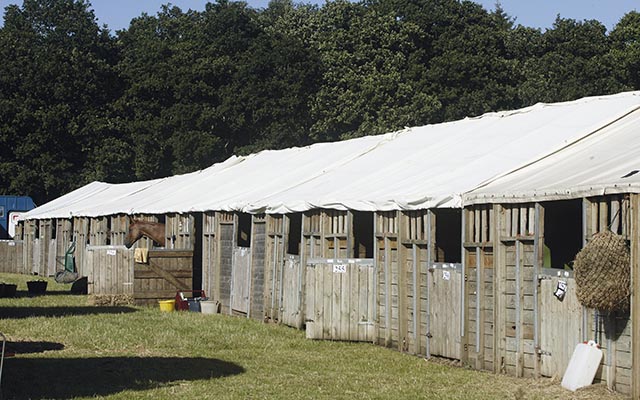
Repair and Recovery
As mentioned above, electrolytes are important to replace what is lost during strenuous exercise and can help keep energy levels up. For the recovery of muscles, protein is needed but be careful when looking at bags and always consider the feeding rate. When looking at a balancer, it will have a higher protein level such as Topspec Comprehensive, which is 25% protein due to the lower feeding rate. Whereas a more complete feed such as Baileys No21 Ease & Excel is 13% Protein as a result of the higher feeding rate.
When feeding your horse it is imperative that you follow the recommended feeding rate. Feeding less means your horse is not getting what it needs in terms of energy, protein, vitamins and minerals, which can all have a negative effect on performance and recovery.
Forage Requirements and Contributions
An important factor during your competition timeline is your horse’s access to forage. Forage in the form of hay or haylage should be offered to your horse whilst travelling and anytime the horse is tied up at your box or trailer. Horses are hindgut fermenters so need a near constant supply of forage to produce energy. The forage in the hindgut also acts as a fluid reservoir ensuring your horse is kept hydrated whilst competing. M&T bagged hay and haylage is the perfect size to pop in the horsebox for use whilst competing away.
Feeding forage whilst you’re getting ready at an event creates a fibre mat in the stomach. Feeding an alfalfa based chop, such as Dengie Alfa A is great as it acts as an acid buffer.
This reduces the risk of acid splashing onto the top, more sensitive part of the stomach which can lead in some cases to ulcers.
Respiratory health when travelling
When travelling, its’s important to think about the respiratory health of your horse, after all we want them to arrive in tip top condition! Ensuring a good air flow through the vehicle is essential, as is using a low dust forage source to reduce the amount of dust particles floating about. Some people will prefer haylage for travelling for this reason. Tying your net as low as is safe to do so will allow for natural drainage and when you arrive allowing your horse time with their head down, either in hand grazing or eating their hay from the floor in a stable will also allow for natural drainage from the lungs.

